News Desk
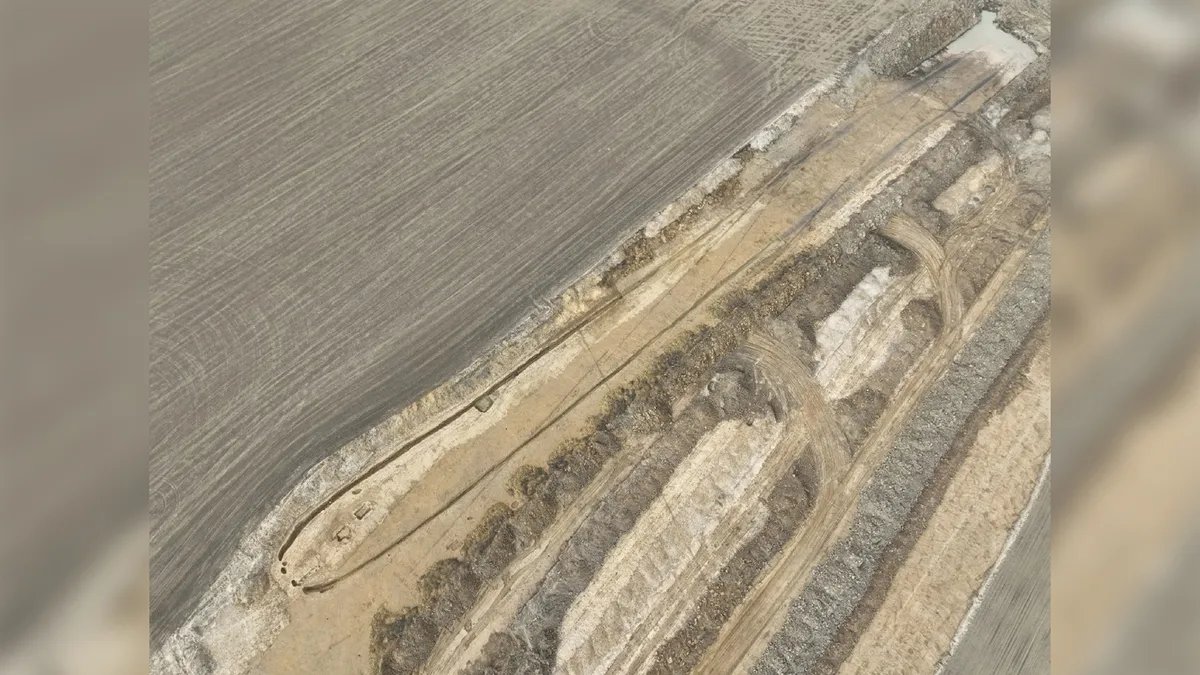
Archaeologists have unearthed what may be Europe’s largest prehistoric burial mound ahead of excavations beside a highway in the Czech Republic. The structure is thought to be made by the people behind the Neolithic Funnel-Beaker culture.

A giant 280m-year-old salamander-like creature that was an apex predator before the age of the dinosaurs has been discovered by fossil hunters in Namibia.
Gilligan is the lead author on a review paper in Science Advances that argues eyed needles, which emerged in the Palaeolithic era about 40,000 years ago, are a signal that clothing had become about more than just keeping warm

Denisovans survived and thrived on the high-altitude Tibetan plateau for more than 100,000 years, according to a new study that deepens scientific understanding of the enigmatic ancient humans first identified in 2010.
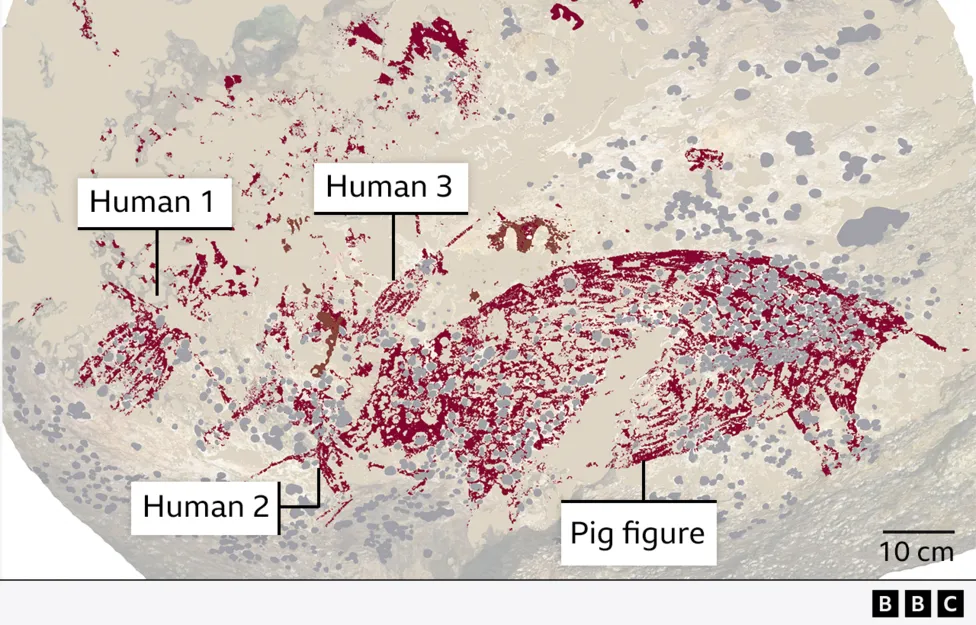
The oldest example of figurative cave art has been discovered in the Indonesian Island of Sulawesi by Australian and Indonesian scientists. The painting of a wild pig and three human-like figures is at least 51,200 years old, more than 5,000 years older than the previous oldest cave art.

It sounds like a scene from a Spielberg film: an injured worker undergoes an emergency amputation, performed by one of her colleagues, allowing her to live another day. But this is not a human story – it is behaviour seen in ants.
Researchers in partnership with the GunaiKurnai Land and Waters Aboriginal Corporation (GLaWAC) unearthed evidence of rituals dating back 12,000 years ago in caves in southeastern Australia. The archaeological find, published on July 1st in the journal Nature Human Behaviour, is from when the last Ice Age ended.
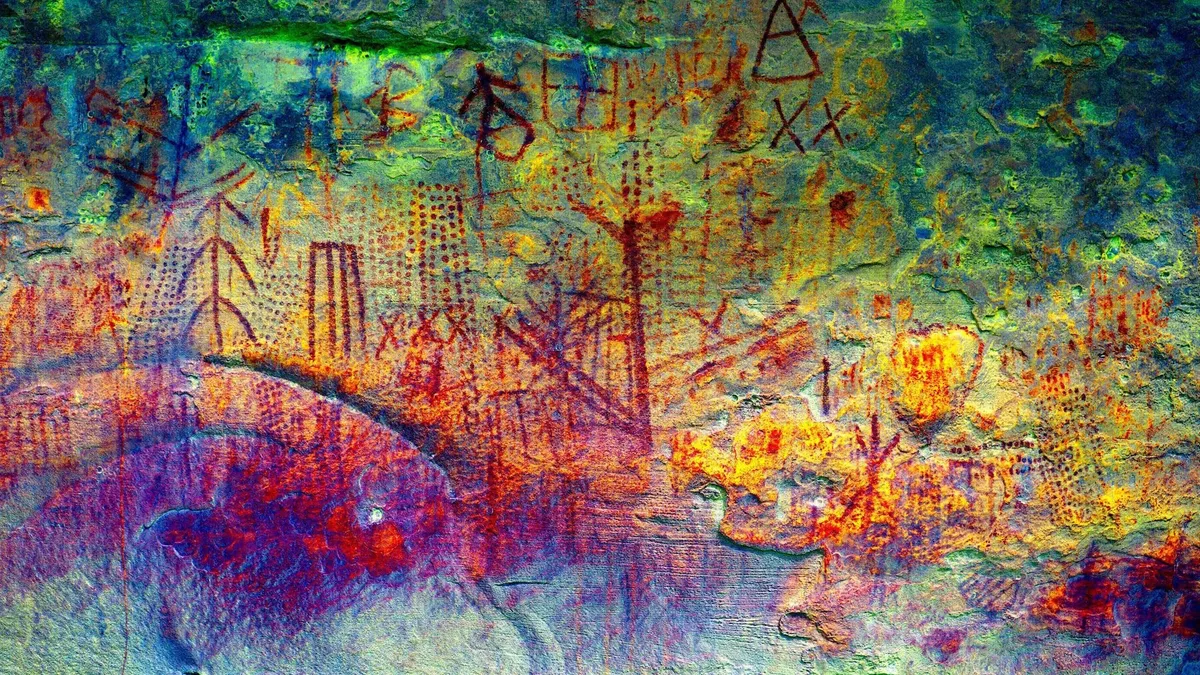
An archeological team in Venezuela has discovered 20 rock art sites that date back thousands of years in Canaima National Park, in the southeastern part of the country.

Researchers from the University of Glasgow in the UK have now used statistical modeling techniques borrowed from the study of gravitational waves to extrapolate missing details of a critical dial on Antikythera mechanism.The research has been published in The Horological Journal.
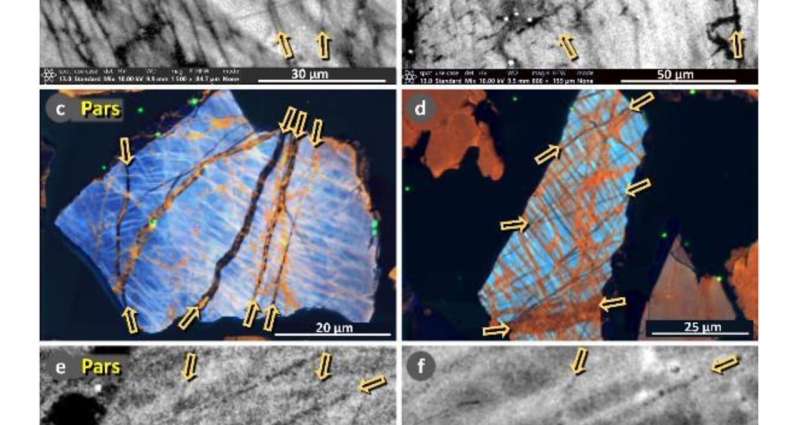
Researchers continue to expand the case for the Younger Dryas Impact hypothesis. The idea proposes that a fragmented comet smashed into the Earth’s atmosphere 12,800 years ago, causing a widespread climatic shift that, among other things, led to the abrupt reversal of the Earth’s warming trend and into an anomalous near-glacial period called the Younger Dryas. See the study here.

Scientists hope wealth of prehistoric material in Wogan Cavern in Wales is well preserved enough to reveal what really happened to our most ancient ancestors
A new study challenges the theory that dinosaur fossils inspired the legend of the mythological creature, the gryphon.
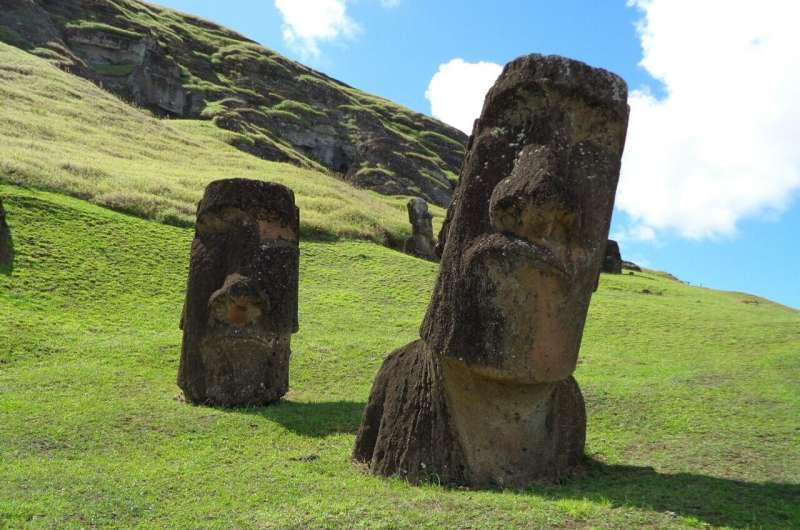
A new study challenges this narrative of ecocide, saying that Rapa Nui’s population never spiraled to unsustainable levels. Instead, the settlers found ways to cope with the island’s severe limits, and maintained a small, stable population for centuries.

Out-of-body experiences (OBEs) can leave a significant and lasting impression on those who go through them, and can also boost feelings of empathy towards others, according to a new survey.

The discovery offers a glimpse into the Earth’s history and hints at how extreme climate change could alter the planet, according to their findings, published June 5 in the journal Science Advances.

A modest, open-air pit in central France tells a story of family: a grandmother, her son, and her grandson, as well as four other people, all buried together in the same grave over the course of decades, about 4500 years ago.








